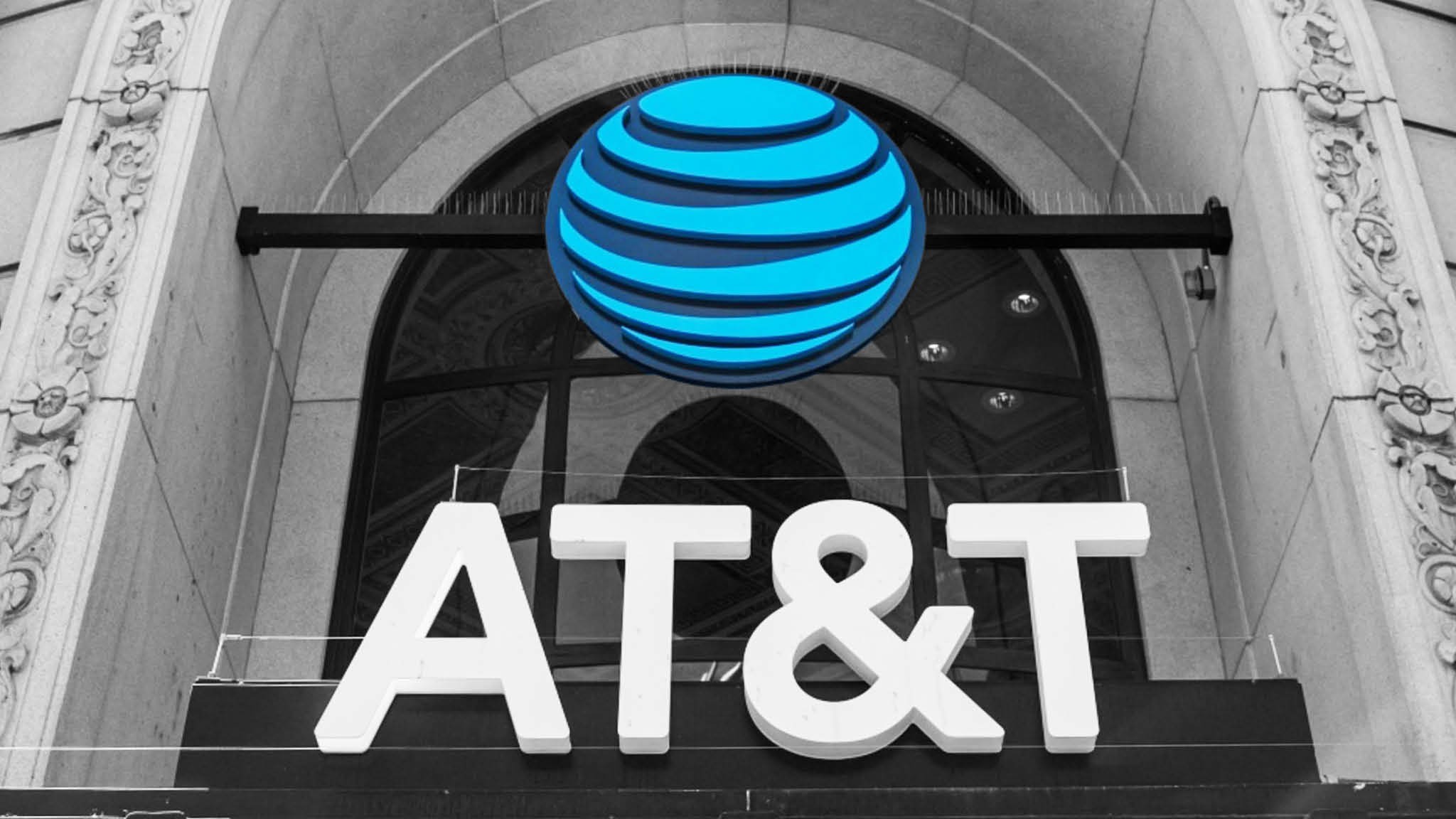Subscribers can transfer networks more easily with smartphones that don’t require physical Subscriber Identity Module (SIM) cards, and AT&T claims this presents a chance to increase its client base. Since Apple revealed that the iPhone 14 will only accept eSIMs, AT&T has promoted embedded SIM (eSIM) technology as a method to make connecting to its network easier. The carrier demonstrated its eSIM technology this week at its labs in Redmond, Washington, noting that its engineers had been working on this for almost ten years.
“We started with the iPads in 2014, and the next big step was probably the Apple Watch,” said AT&T’s James Hamilton, one of the carrier’s lead eSIM engineers. “As soon as the iPhones could support it we started that in 2018.”
According to Jason Sikes, associate VP of device architecture at AT&T, “things have gone extremely smoothly” with the launch of the iPhone 14. His coworker Jeff Sebastian, another lead eSIM engineer, showed the audience how easy it is for users to switch their phone numbers from one eSIM device to another using the interface.

Three situations were presented by Sebastian: setting up a brand-new phone with an eSIM, shifting a number from one AT&T phone to another, and switching an unlocked eSIM phone from a rival network to AT&T. Everything was finished within minutes.
The engineers didn’t show how to move a number from AT&T’s network to a rival’s network. Sikes responded that the procedure will proceed about as smoothly as connecting to the AT&T network when questioned about it. Depending on where you’re going, the experience will probably be about the same, Sikes said.
Up until recently, AT&T and its rivals didn’t make much of an effort to market eSIM, possibly because it does make switching easier. However, the train seems to have left the station with Apple’s release of the iPhone 14, and AT&T is unquestionably aboard.
“This year was a huge, huge step with the iPhone 14 being eSIM only,” said Sikes. “It is now without question front and center, and so that has driven a lot of effort both on the technology side and the business side.”
If Q3 2022 trends continue, technology that makes switching carriers simpler might work in AT&T’s favor. In comparison to Verizon, AT&T reported greater postpaid phone net additions (708,000), and its postpaid phone churn was 0.84 percent as opposed to 0.88 percent for both Verizon and T-Mobile.
T-Mobile had approximately 72 million postpaid phone subscribers at the end of the third quarter, while Verizon had just under 75 million. AT&T had slightly fewer subscribers.
The first U.S. carrier to use eSIM technology to let customers try out its network before committing was T-Mobile. Unlocked eSIM users can use the network pass offered by the provider to connect their phones to the T-Mobile network and consume unlimited data for three months without committing to a plan.
Now, AT&T has followed suit with its Cricket prepaid service, allowing a free trial to customers even if they do not own an eSIM device. Sikes speculated that if Cricket’s offer is effective, other AT&T providers would do the same. We’re starting there, he said, and we’ll see how things develop from there.
Although embedded SIMs make switching carriers easier, they do not always make it simpler for hackers to take over a phone by moving it to a different network. It is no longer possible to separate the subscriber’s identification from the real phone because the SIM is integrated into the hardware.
Hackers are drawn to physical SIM cards since they can be obtained for less than $10. Scammers collect as much personal information as they can about their victims before calling carriers pretending to be them and reporting the theft of the victim’s phone. In order to connect, they ask the carrier to port the number to a new SIM card. Once the number is assigned to the hacker’s SIM card, s/he can often access many of the victim’s accounts using two-factor authentication.
Hamilton said eSIM makes fraud “physically harder” but added, “in terms of the safeguards we have in place to authenticate customers before we would enact any change like that, it doesn’t really change the picture.” Ultimately, many SIM swap frauds involve customer service agents, and AT&T has numerous protocols in place to prevent agents from mistakenly reassigning identities.


